Struggling to write compelling product descriptions? Try these 9 expert tips to inform, entice, and boost your sales.
If you run a direct-to-consumer health, wellness, or pet brand, you already know: trust is everything. Customers aren’t just buying a supplement, a wellness tool, or a bag of treats. They’re buying results. They’re buying safety. They’re buying the promise that what you offer will improve their life, or the life of their furry best friend. If your product descriptions aren’t up to par, keep reading while I share my top nine tips to inform, entice, and boost your sales.
Too many product descriptions fall flat. They list features, technical jargon, and leave customers to “figure it out.” That’s a costly mistake. Because in health, wellness, and pet care, your product description isn’t just information. It’s reassurance. It’s your conversion engine.
Here’s how to write product descriptions that inform, convince, and convert.
1. Write for the person (or pet parent) you serve
Health, wellness, and pet shoppers are intentional. They’re not impulse-buying random gadgets, they’re searching for solutions. That means your copy must speak to their specific concerns, questions, and desires.
If you sell a probiotic for dogs, don’t just say:
- “Supports healthy gut.”
Say:
“From tail wags to long walks, your dog’s vitality begins in the gut. That’s why we created _____, a vet-formulated daily supplement designed to support digestive balance, strengthen immunity, and keep your pup feeling their absolute best.”
Take Finn. They have a clear, benefit-led headline: “Digestive Probiotics” immediately tells you what it is and why it matters.
2. Lead your product descriptions with benefits then back them with features
Customers don’t buy “what it is.” They buy “what it does for me.”
Instead of:
- “Contains L-theanine.”
Say:
“Helps you stay calm, focused, and balanced, thanks to clinically backed L-theanine.”
The rule is simple:
Feature → Benefit → Outcome.
Features matter especially for wellness and pet brands where ingredients, dosages, or sourcing drive trust. But benefits win hearts.
Now Seed. They have a Concise benefit statement: “Benefits that build over time.” It lays out exactly what their customers will benefit and how long it will take before their desired outcome.
3. Ditch the fluff and prove your claims
Words like “premium,” “high-quality,” or “the best” mean nothing without evidence. In health and wellness, empty promises don’t just fail, they break trust.
Instead, base your claims with verifiable proof:
- “Backed by 23 peer-reviewed studies.”
- “Sourced from USDA-certified organic farms.”
- “Developed by veterinarians with 20+ years of experience.”
- “3rd-party tested for purity and potency.”
Take Ritual. The tone is confident, not boastful. They’re showing receipts. They’re saying: We did the work. Here’s why you can believe us.
4. Use sensory and experiential language
Your buyers can’t taste the supplement, feel the yoga mat, or smell the calming pet spray online. Your words need to bridge that gap.
Bring the experience to life:
- “A refreshing citrus flavor that makes taking your daily vitamins feel like a treat.”
- “Dense yet supportive cushioning that absorbs impact on every downward dog.”
- “A lavender and chamomile aroma that melts your pup’s anxiety away in minutes.”
Paint a vivid scenario:
“Picture your dog curled up, finally relaxed, no more pacing or whining. You exhale too, because peace has returned to your home.”
Wellness is sensory. Pet care is emotional. Don’t just list ingredients. Help people feel the result.

Diggs does a fantastic job at using experiential language. Their description is short and sweet but paints a picture of where you can take your pet with you, and highlights points such as ultra-portable, small, safe, and comfortable.
5. Tell the story behind your product
People connect with stories. Especially in health and wellness, where they want to know why you created something and what makes it different.
Was it frustration with synthetic ingredients? Years of research? A personal journey? Share it.
For example:
“We started this brand after struggling to find clean supplements that actually worked. Every product we make is designed to support your body naturally, without fillers, dyes, or empty promises.”
For pets:
“We built this formula after our own golden retriever struggled with hip pain. Today, it helps thousands of dogs move freely and live joyfully again.”
Stories build trust. And trust sells.

With Jinx, founder Terri Rockovich explains that her dog’s traumatic back injury led her to create the dog wellness brand she wished existed. Her story can resonate with millions of pet owners looking for a solution to their own pet’s problems.
Stories build trust. And trust sells.
6. Lean on social proof
No one wants to gamble with their health or their pet’s. Social proof is the reassurance that your product delivers on its promise.
Integrate it directly into your descriptions:
- “Trusted by over 50,000 pet parents nationwide.”
- “Rated 4.9 stars by wellness enthusiasts who noticed results within 30 days.”
- “Named a Top Natural Supplement by Men’s Health.”
Better yet, quote actual customer language:
- “My dog hasn’t limped in weeks. He’s back to chasing squirrels like he’s two again.”
- “I sleep through the night without waking up anxious for the first time in years.”
Proof builds confidence. Confidence drives conversion.
Grüns starts by showcasing their stats. With 4.8 stars from 60,000 reviews customers automatically get that reassurance.
7. Make it scannable and easy to digest
Your buyer doesn’t want a medical textbook. They want clarity.
Structure your descriptions so they can scan quickly:
- Bold benefit-driven subheadings: “Real Results, Backed by Science,” “Formulated for Sensitive Pets,” “Pure Ingredients, Nothing Else.”
- Bullet points for key benefits.
- Short, punchy paragraphs.
- Visual trust signals: icons for “vegan,” “organic,” “GMO-free.”
The more effortless it is to understand your product, the more effortless it is to say yes.
Hiya does an excellent job at making their products scannable and easy to digest. Straight away the customer knows it’s delicious, sugar free, gluten free, dairy free, third party tested, dental friendly, etc.
8. Use confident, reassuring CTA
Weak CTAs feel pushy. Strong CTAs feel like guidance.
Instead of “Add to Cart,” try:
- “Start your journey to better sleep.”
- “Give your dog the comfort they deserve.”
- “Fuel your body with real nutrition.”
Layer in risk-removal:
- “Try it risk-free for 30 days.”
- “100% money-back guarantee if you don’t see results.”
In health, wellness, and pet care, reassurance is as important as persuasion. Your CTA should close with both.
Bev just gets it. Their CTA tells you exactly what to expect. It’s brightly colored to draw attention, and just beside the CTA button you know the exact cost with 20% off. It takes the guess work out, and makes for a happy customer when they smash that claim my 20% off CTA.
9. Test, measure, and evolve
Even the best copy isn’t perfect on the first draft. Conversion copy is about testing, learning, and improving.
Key metrics to monitor:
- Conversion rate.
- Add-to-cart percentage.
- Bounce rate on product pages.
- Customer support inquiries (are they asking questions your copy should answer?).
Run A/B tests on:
- Headlines.
- First benefit listed.
- CTA phrasing.
- Length of description.
Your copy isn’t static. It’s a living, evolving part of your brand’s growth.
A Proven Framework for Health, Wellness, and Pet Product Descriptions
Here’s a blueprint you can adapt across your catalog:
1. Headline: Clear, benefit-driven, keyword-rich.
“Natural Calming Chews for Dogs with Anxiety.”
2. Hook (2–4 sentences): Paint a picture of the desired outcome.
“Help your dog relax during storms, fireworks, or everyday stress with safe, natural chews that work within 30 minutes.”
3. Key Benefits (bullet points): Translate features into benefits.
- Reduces stress and anxiety naturally.
- Vet-formulated with chamomile and L-theanine.
- Delicious chicken flavor dogs love.
4. Proof / Story: Why it works, why you made it, or why it’s different.
5. Social Proof: Testimonials, ratings, or endorsements.
6. CTA: Confident, empathetic, and reassuring.
Product Desriptions Are Worth The Extra Effort
In health, wellness, and pet care, your customers aren’t casual shoppers. They’re seeking solutions that matter. Your product description is your chance to meet them with the solution to their problem.
When you write with confidence, back your claims with proof, and paint the real-life benefits your product delivers, you don’t just sell, you build trust. And trust is what keeps customers coming back, month after month, subscription after subscription.
This is how DTC health, wellness, and pet brands thrive.
If your company needs improved product descriptions after reading these tips, book a call with me and let’s get started!
👉🏻 Book A Call
-Ry
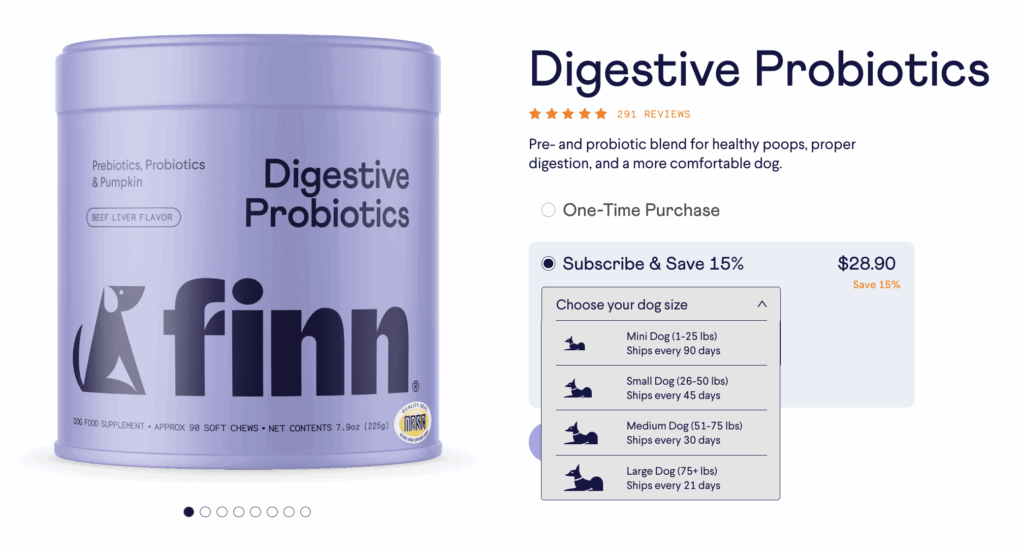
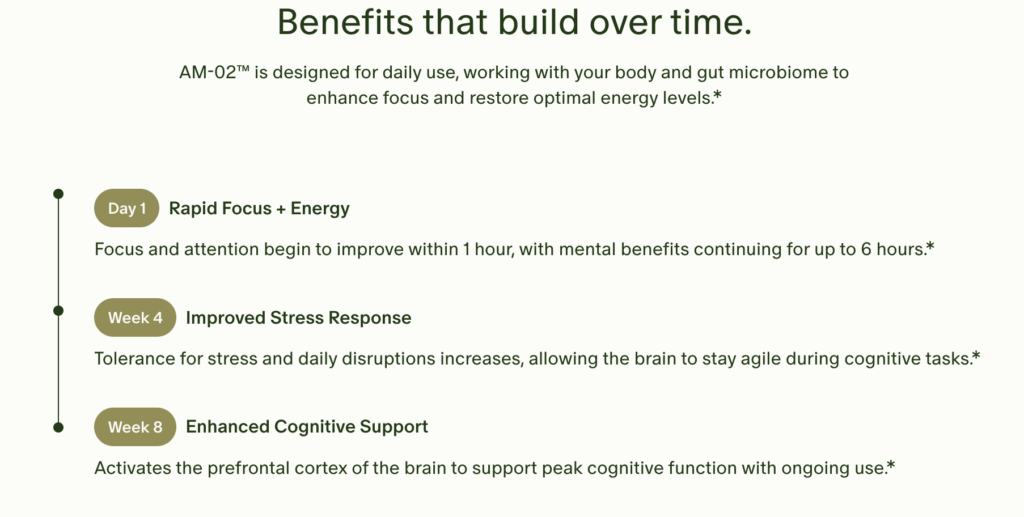
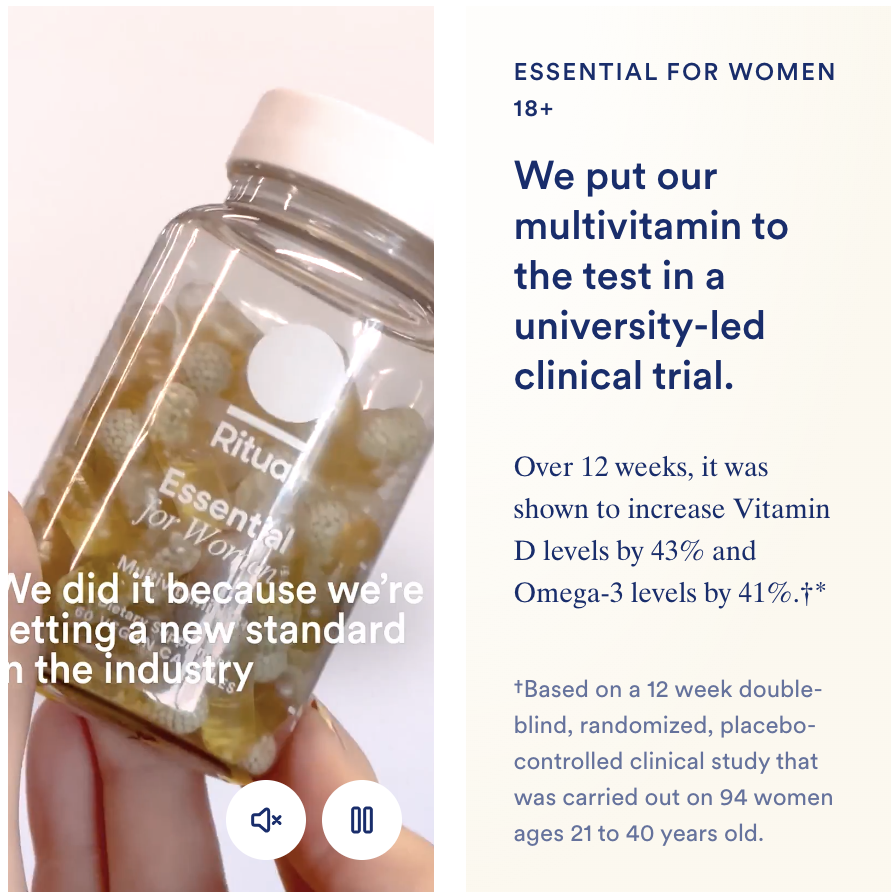


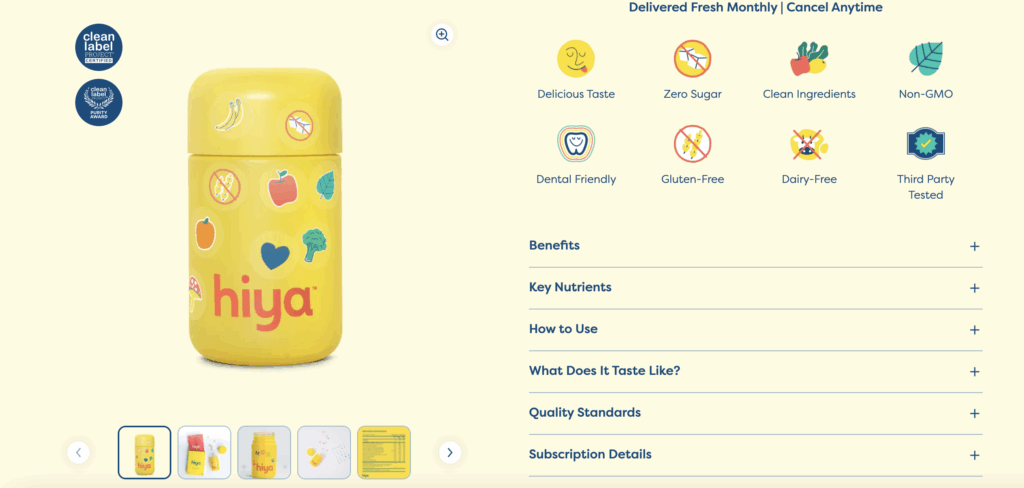
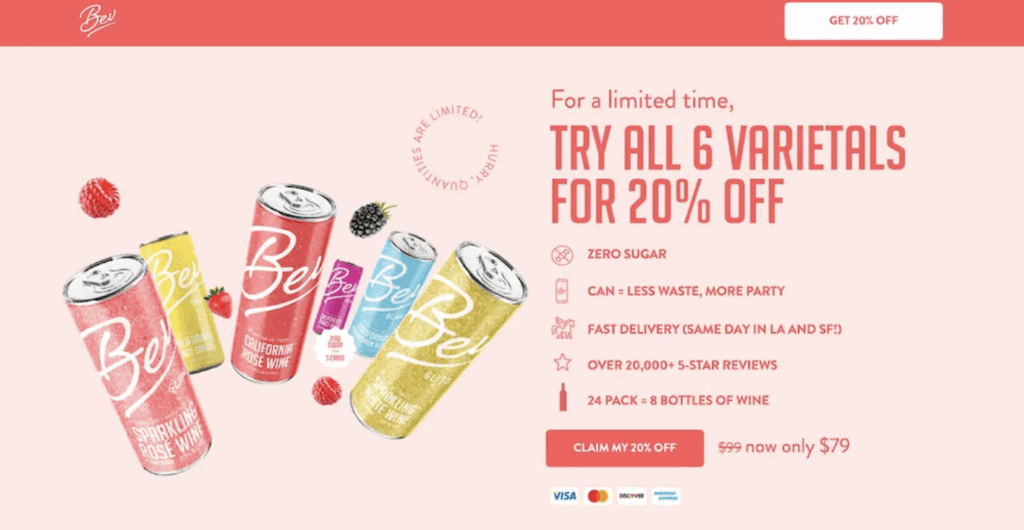



Read the Comments +